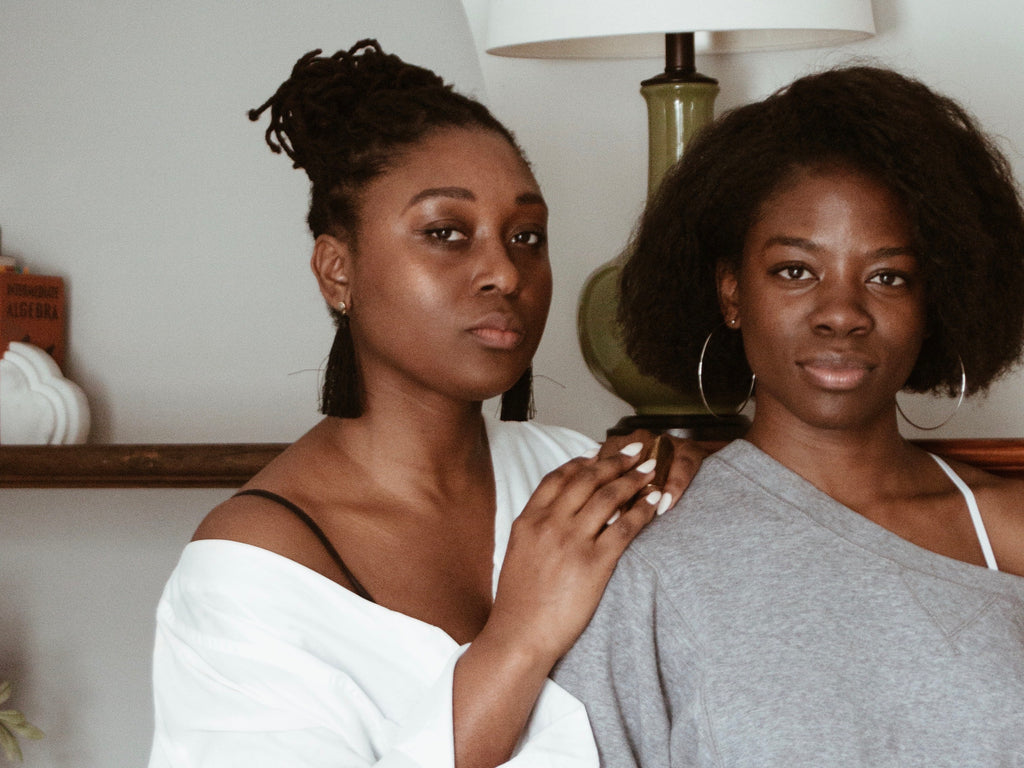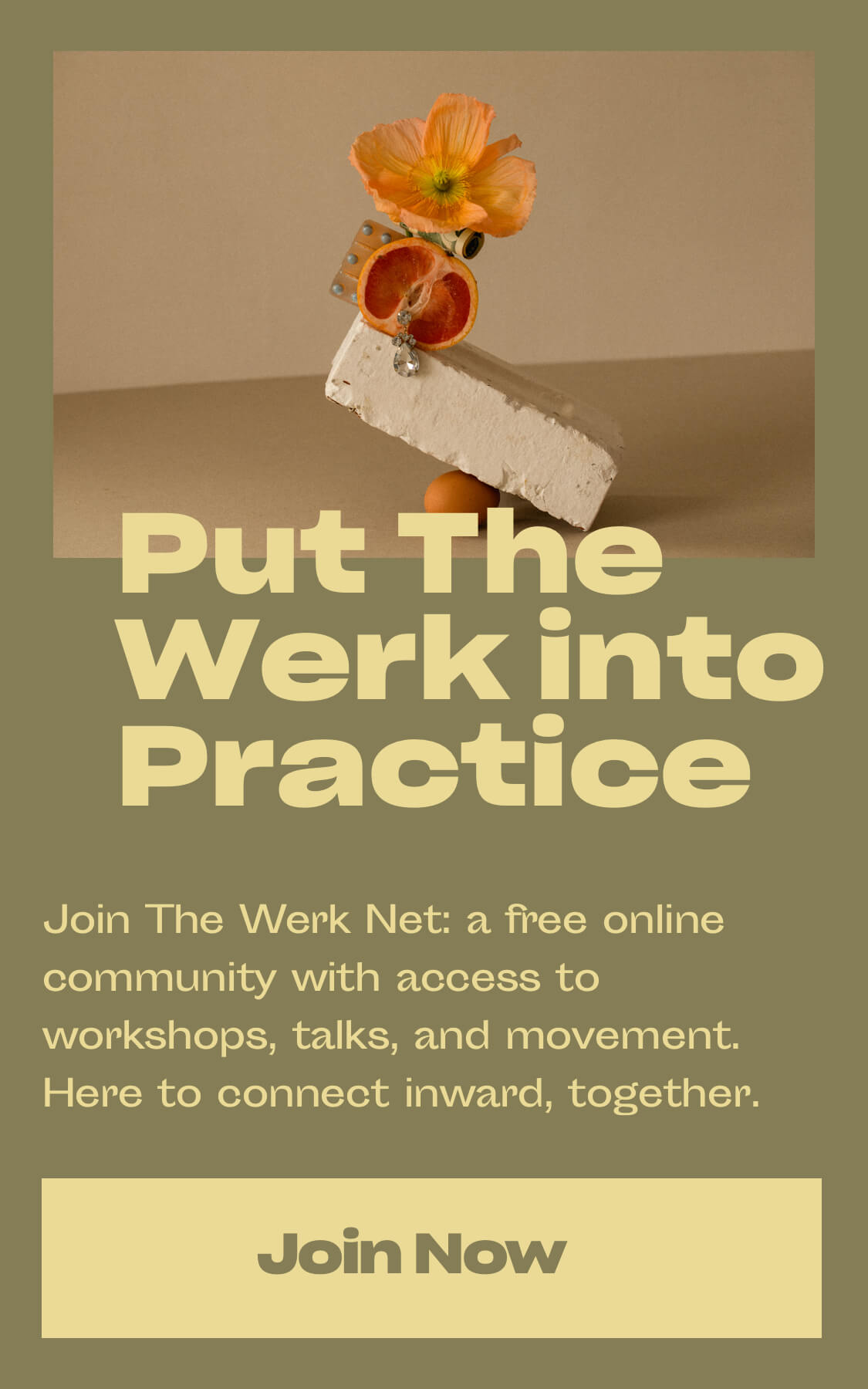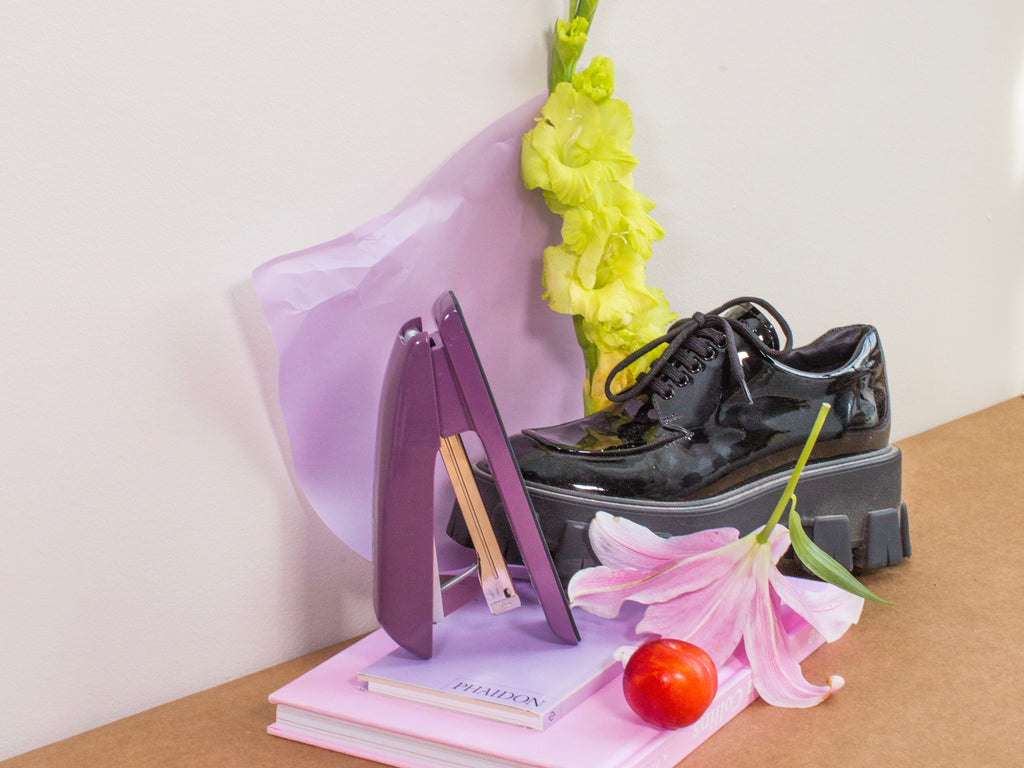ChromaYoga: Fitness Meets Modern Art at the World’s Most Instagrammable Yoga Studio
An Interview with Nina Ryner
Imagine taking a yoga class in a James Turrell light installation. Or, try this: picture Drake’s ‘Hotline Bling’ video, except instead of Aubrey Graham’s corny dance moves, visualize a room of captivating London yoga girls executing perfect Warrior 1 poses. That’s what a ChromaYoga class looks like. And yes, you’ve probably seen it on Instagram.
After doing traditional yoga classes for years, London-based designer-dancer-artist Nina Ryner was tired of sterile corporate gym environments and stereotypical new-agey yoga studios. Drawing on her background in visual art, Nina created ChromaYoga, a gorgeous London-based studio that pairs color and light therapy with traditional yoga techniques. In fact, her Shoreditch studio is so unusual looking that many people walking by think it’s a minimal colourful art gallery instead of a workout studio, which I totally understood when I walked in to meet her at 10am on a Friday morning.
Sitting in the studio’s coral entrance-way, Nina is rocking a maroon track-suit and lounging on her long Stella McCartney puffer like it’s an expensive cushion. She's got an effortlessly cool vibe, with curly hair pulled up into the perfect top bun, and heavily-pierced ears. I instantly think: this is a woman who’s not afraid to take up space. I also think: if this is what yoga looks like in London, sign me up. I chatted with Nina about her unusual career trajectory, the power of light and movement, and why everyone can’t stop copying her ideas.

Who are you as a person?
I'm quite a distracted person. I’ve never known what I wanted to do. First I did a film degree, and I didn't like that. Then in my twenties, I decided that all I wanted to do was party. I ended up being a backup dancer in a band for five years and toured the world doing that, which was basically just non-stop partying. Then I was a fashion designer and had my own label. By the time I got to the end of my 20s I had finished dancing and wasn't making much money from my fashion stuff, and I decided that I needed to do something a bit more serious. Still, I didn't know what.
I started working for a girl who had a yoga events company. I had never really done yoga before, but I've always been very creative and I love installation art and creating things and being in spaces that are otherworldly. It was while I was working there that the idea for Chroma popped into my head. I'm not a yoga teacher, even though everyone thinks I am. The thing that keeps me interested is the creative side of it.
You sound like you’ve lived many lives in this one lifetime.
I think people get confused by me sometimes. I don't like to be the same thing. I change my look all the time. I have loads of different types of friends and I enjoy different cultures and experiences. That's who I am.

What is ChromaYoga?
ChromaYoga is the intersection between art and wellness. It came from being inspired by installation art. That was at a time where I did start to exercise more and go to yoga and pilates and gym spaces. I was going quite incessantly because I had a bad breakup and it was the way to get my mind off it. But all these spaces had a certain feel: they were either extremely commercial gym-style, or very new-age, very old-school, very hippy. And I kind of thought: why is there nothing in between? Why is there nothing more alternative that I can enjoy?
I went to this exhibition at the Hayward Gallery called Light Show, and it had lots of different light artists in it. There was this piece by an artist called Carlos Cruz-Diez, which was three rooms of color, really intense color, that kind of merged into each other. And it was really simple, but it was really calming and interesting to be in. And that kind of stuck in my head. I felt that there was space to create something in the yoga world that felt like walking into an art installation.

Why do you think the world is in need of ChromaYoga and experiences like this?
At ChromaYoga, we use technology and ideas and concepts we’ve created as artists to complement the practice of yoga or meditation.
We want people to have the same kind of experiences that you would have if you walked into an art installation in the Hayward Gallery, but you’re doing it in a way that is specifically for your physical or mental healing.
It's not just the visuals. That's what people think it is. But it's actually the whole experience of each sensory element combined.
Today, everyone is hunched over their desks and their computers and their smart-phones. People aren't moving around enough. And then there's the element of staring at a screen all day, and what that does, not only to your sleep patterns in terms of blue light, but also in terms of your distraction. What we do complements that. We’re not asking you to come into a white room and move through some sequences and feel better suddenly. Rather, we're including all of these elements: the color and the sound and the scent and the projections and the teacher and the technique, and applying that to modern life. So for example, we don't offer a blue light class after 2pm, because then that counteracts the amount of blue light that the average person is going to get anyway. But we do more blue classes in winter because that’s when people don't get enough blue light.
There's intentionality in everything that you guys do, which is incredible.
And it's different for every person. We tend to say: if you're stressed out, come to a relaxing restorative class. But as soon as I go into a restorative class, my brain turns on and the only way that I can actually relax properly is if I'm moving and breathing. Then I stop thinking. It's not one size fits all, which is why we try and offer a whole range of classes. We have five colors that we offer, and the colors are related to the different benefits of that light frequency slash color. And then we pair that with a style. We also have a meditation class as well, which is teacherless, and that's just headphones and color and is inspired by this experiment called the Ganzfeld Effect, which James Turrell uses in a lot of his work. It is a form of sensory perception and deprivation but done in a much more gentle way. And it can be quite trippy and interesting.

We brought the Lucia No 3 light, the neurostimulator light therapy machine, into our workspace, and people had no idea what they were signing up for.
Oh, I've had that before! That is really intense. The guy that was doing it, I didn't hear him properly when he was like "What level do you want?" And I think I might have picked the most intense one by accident. There were points where I wanted to close my eyes because it was so intense, but my eyes were already closed.
What would you say are the major differences between the UK and US as far as our approach to wellness?
In the US, people are way more open to things which here seem totally crazy or faddy or too niche. I went to New York in January and people know what light therapy is. People know what acupuncture is. Everyone does yoga. It's not something that you have to convince people to do, it's just part of the culture. I think here we're way behind. Even yoga is still a thing that isn't totally part of everyone's lives yet. Here for instance, we have to convince men that it's okay to do yoga. We get a lot of guys coming in being like, oh, is it just going to be all women? Are people going to stare at me? It's like: come on! Being in a room full of women is not that bad. How do you think we feel every day?
I suppose people in England just think that the reason to do fitness is to get fit. But it should be more holistic than that. I think it's just as important to approach your health physically as it is mentally.
Often I find with pioneers and leaders in our industry, it's natural to be quite- future-focused and occasionally struggle to find presence. What’s your experience with that?
Yeah, I think that's a bit of a problem for me. A lot of things I’ve come up with have been a bit too ahead of their time. I started ChromaYoga almost three years ago in March, but people have only just recently snapped up the color thing and started copying it. And it's obviously popular because it's really Instagrammable, but it's taken a while to convince people that what we're doing isn't a fad, and that there's real benefit to what is involved in the classes. As soon as you start trying to explain like anything about light therapy or sound therapy and the science behind it, people just switch off immediately. But I feel like I do think about things futuristically. I think I almost need to rein that in slightly because I don't want to put all my ideas out there and then just have someone with millions of pounds, copy it. Which is what happens.
So how do you find presence?
I didn't when we first started. I had no routine because I was here all the time. I was the receptionist. I was doing everything. I did 100 hour weeks for like a year. I was dead by the end of it. But now I'm at a point where I've got staff and I can actually look after myself. So I do have a routine, and I split my time between doing reformer pilates and yoga. The way I switch off is by moving, and I find the reformer pilates is actually quite meditative. I'm also trying to start meditating properly, I've gotten a bit better recently.
The practice is always going back to the practice.
Yeah, there are moments when you're super tired just because you've burnt yourself out. And I do get to those points sometimes where I just get too overwhelmed by everything that's happening and then I can't think anymore. The way that I actually reset is by having some space and walking away slightly. And not putting too much pressure on the fact that I could work all the time. Which is what you do if you own a business.

Images Courtesy of ChromaYoga
This post is tagged as:
You may also like...
The Latest
People & Places
How Ara Katz is Redefining “Self-Care” as Rooted in Science with Seed
The co-founder, mother, and self-proclaimed serial entrepreneur unpacks her philosophy on what it means to be well. Ara Katz hates the word “success”. Not because of its listed definition in a di...
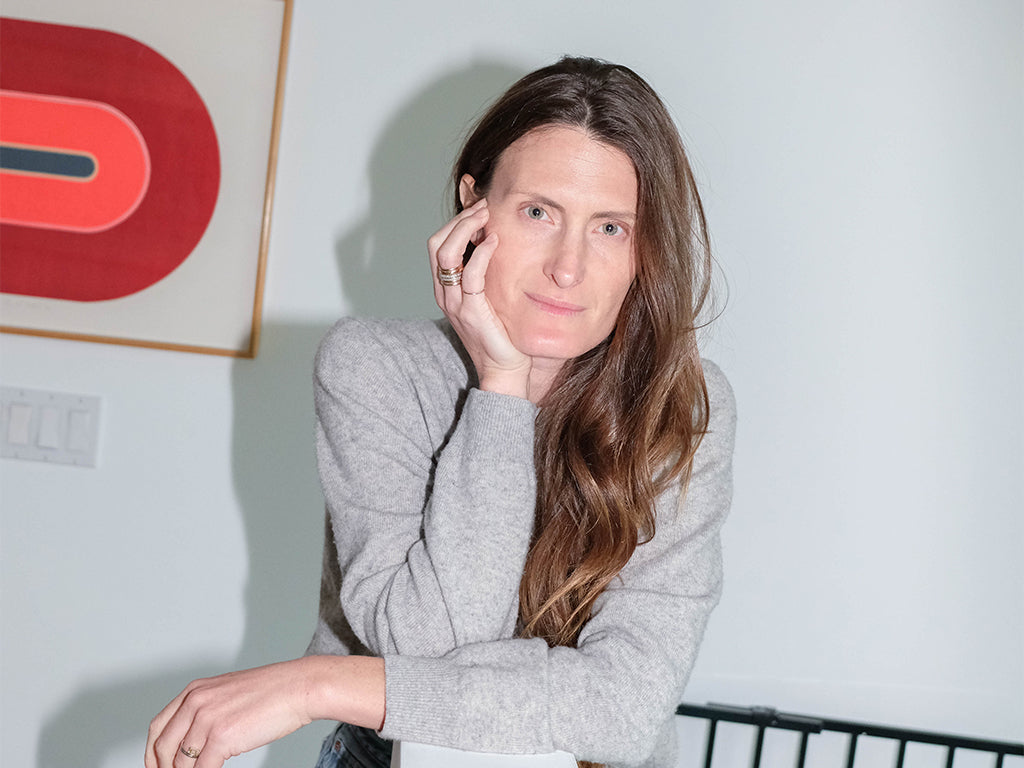
Do Good Werk
9 Passive-Aggressive Email Phrases That Are Basically Evil
A Rosetta Stone for every time you want to :’).
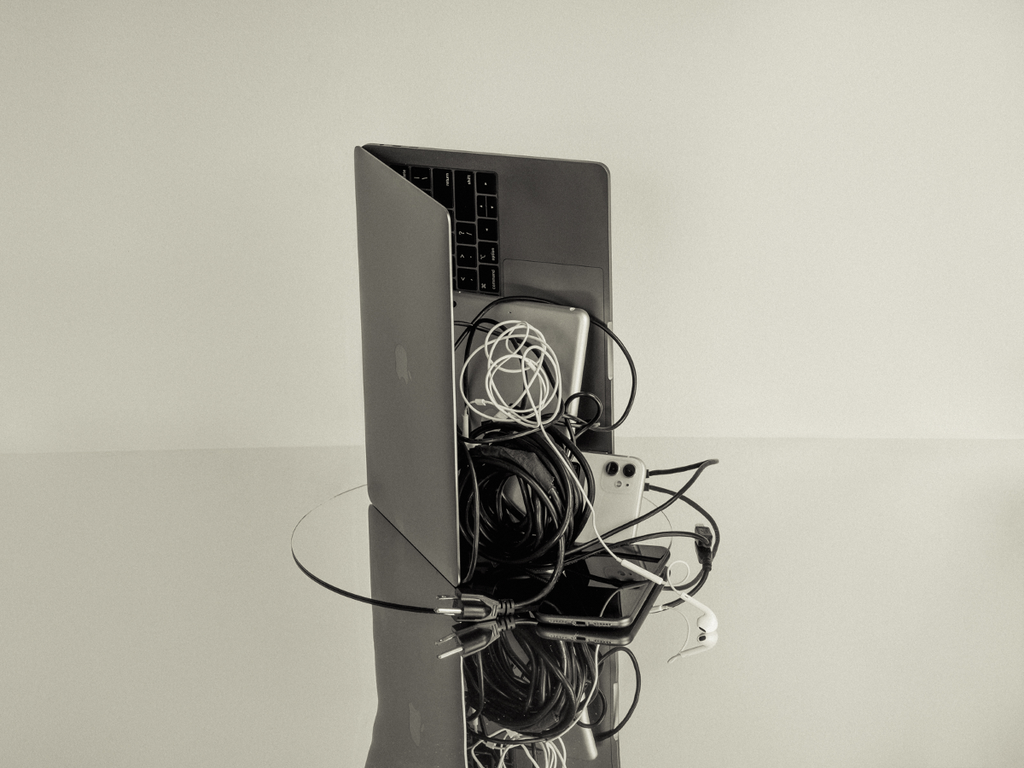
Woo Woo
Get to Know Your Astrological Birth Chart
How to find meaning in the stars — and what it means for you.
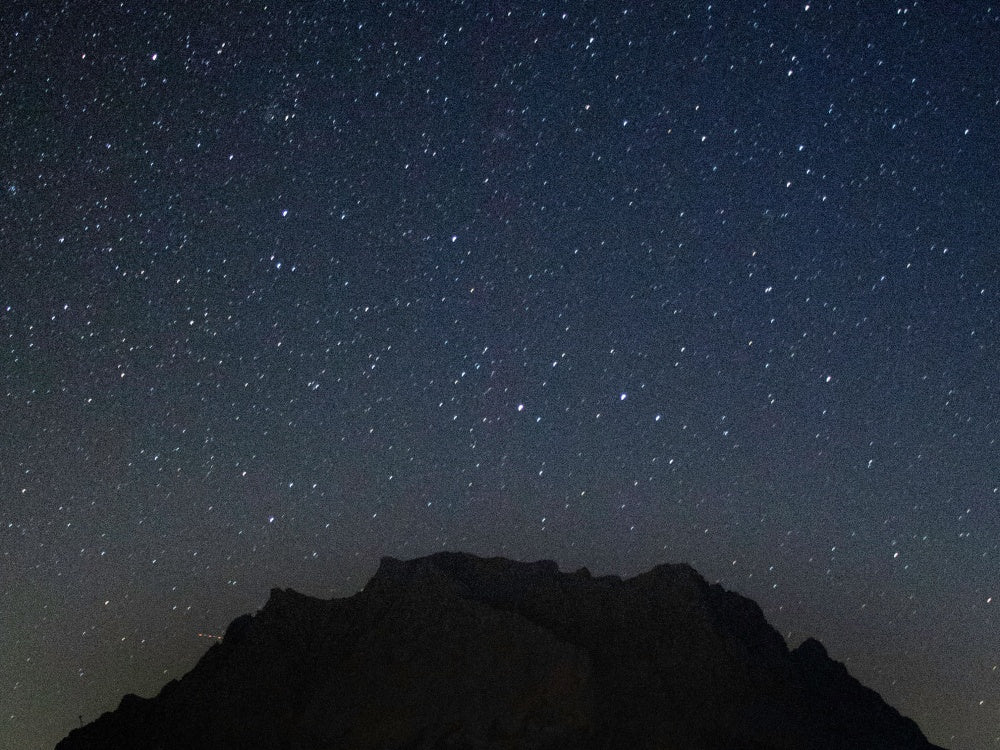
People & Places
The 5 Best Places In New York To Meet Your Next Investor
Where to rub shoulders with the city's movers and shakers.
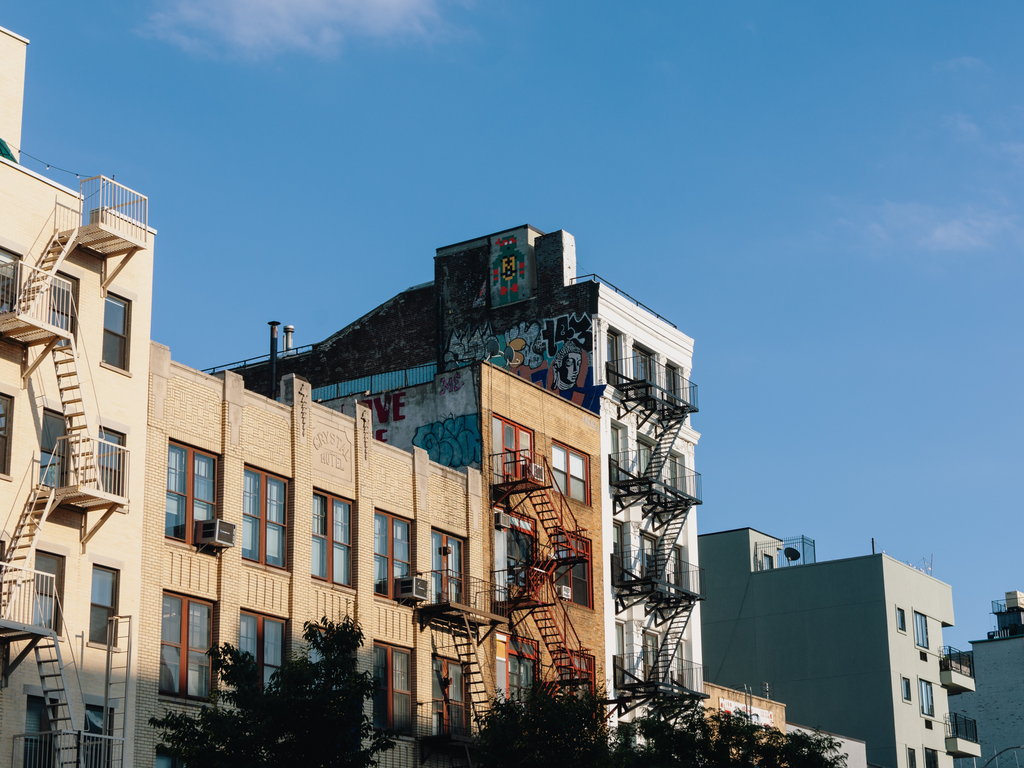
Do Good Werk
10 Unhealthy Thoughts You Convince Yourself Are True as a Freelancer
If you work alone, you might be particularly susceptible to distorted thoughts that hurt your mental health.
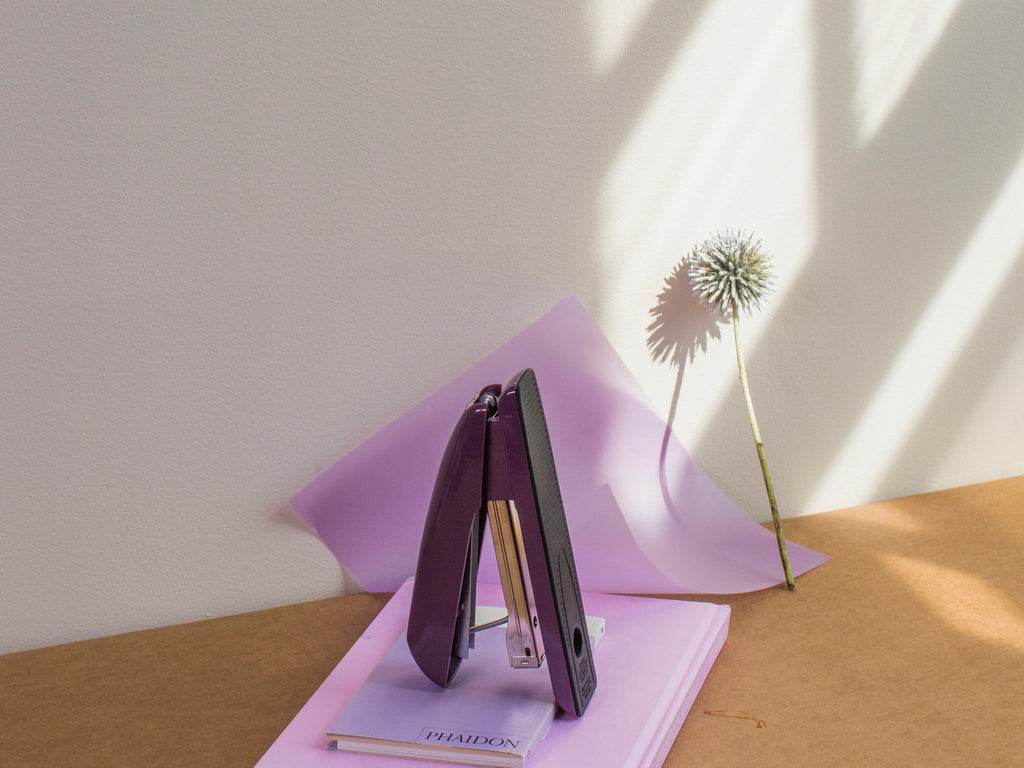
People & Places
Creating a Conference-Meets-Summer-Camp for Adult Creatives
An interview with Likeminds founders Rachael Yaeger and Zach Pollakoff This past September, I sat in front of an obituary I wrote for myself after a session with a death doula. No, I didn’t know w...
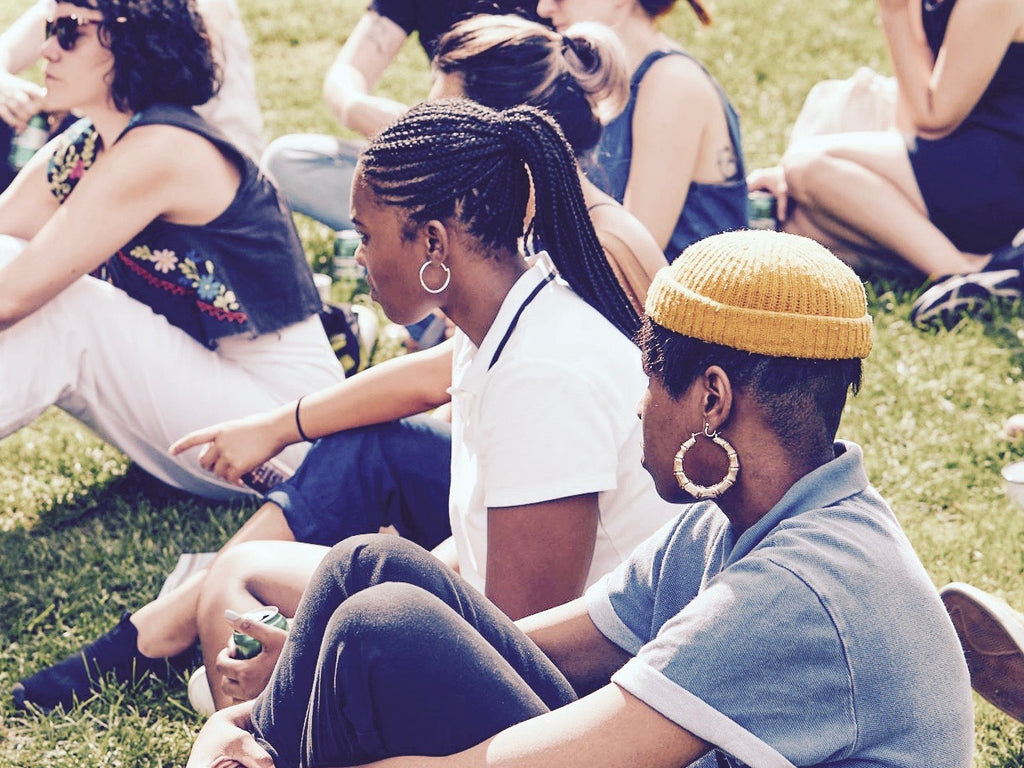
People & Places
When Something Golde Stays: An Interview with Golde’s Co-CEOs
“For us it was never a question,” says Issey Kobori, speaking of the decision to build a business with his partner Trinity Mouzon Wofford. At just shy of 27, Kobori and Wofford have secured a host ...
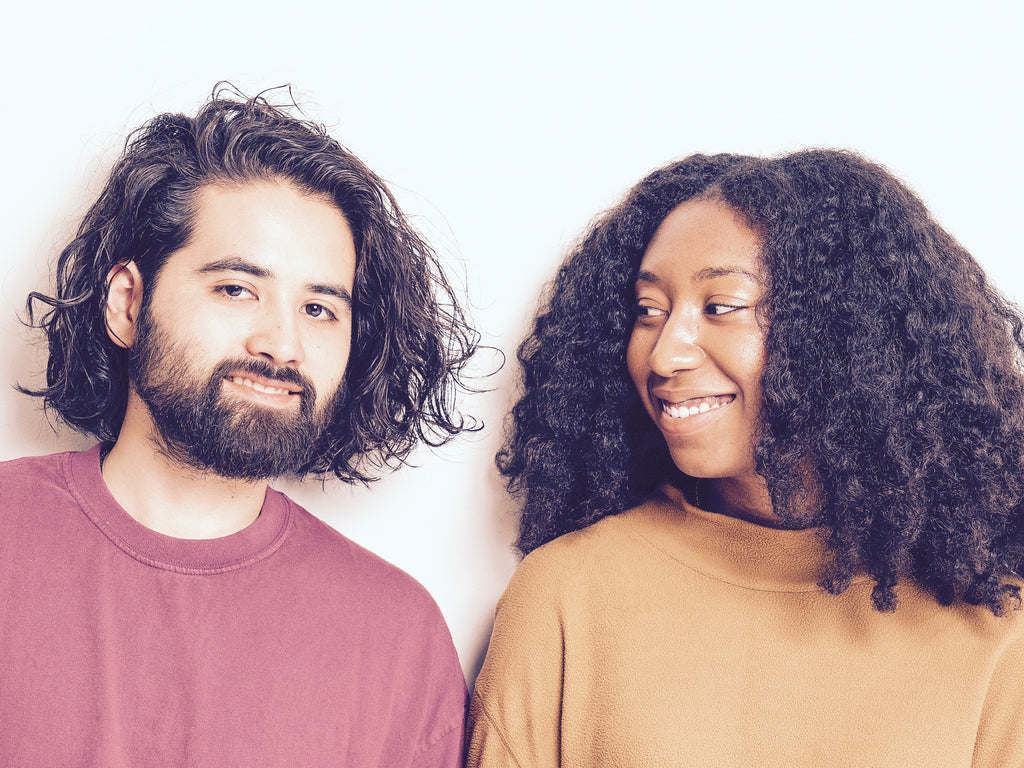
Better Yourself
Are They Toxic? Or Are They Human?
There’s a difference between putting up boundaries and putting up walls, and the latter is what breaks relationships.
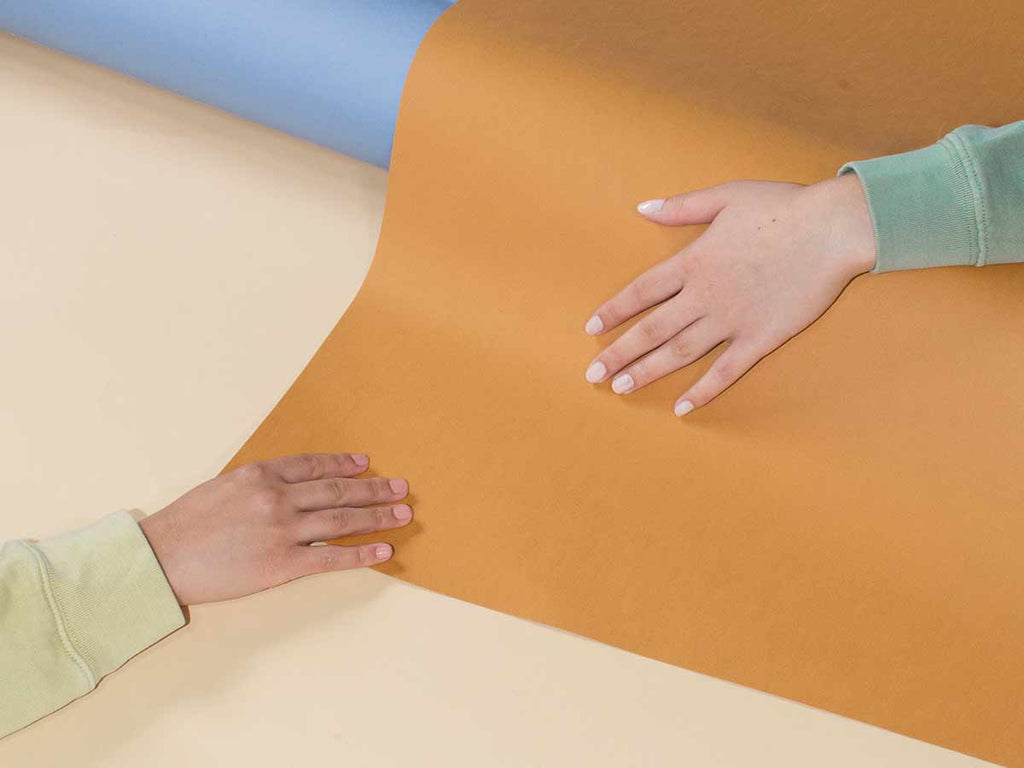
Do Good Werk
How To Combat Seasonal Affective Disorder At Work
Here’s what to do if seasonal affective disorder starts to take a toll at the office.
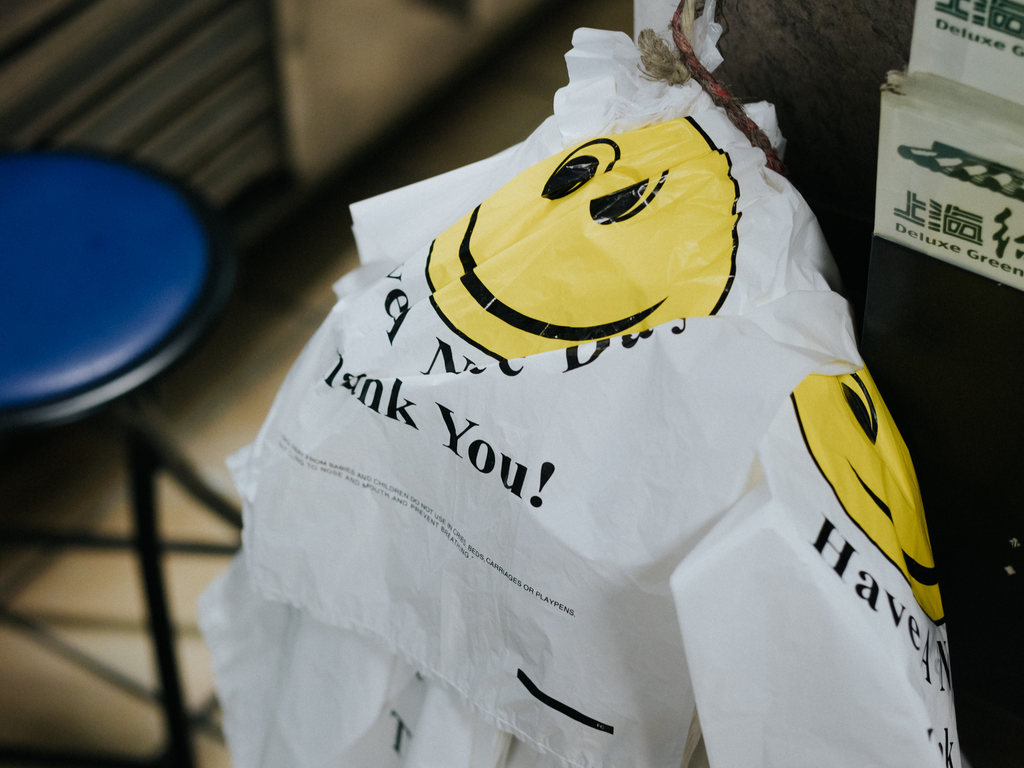
People & Places
Reclaiming Womxn's Wellness Spaces from a White-Dominated World
How The Villij built a collective that their community can connect to.
